Optimal Timing for Cedar Tree Removals
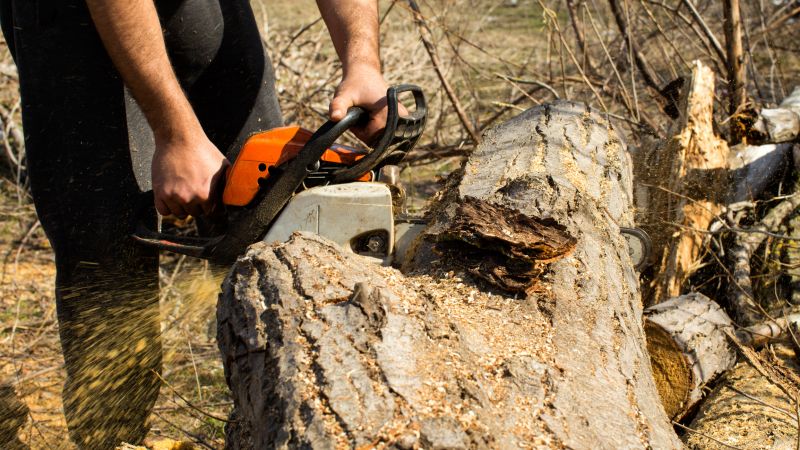
Spring is ideal for cedar tree removal due to active growth and easier access.
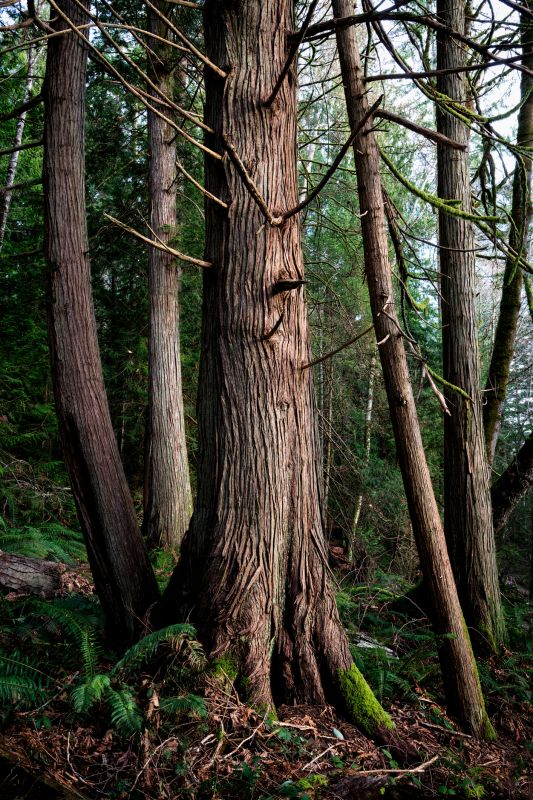
Summer offers longer daylight hours but can be challenging due to heat and foliage density.
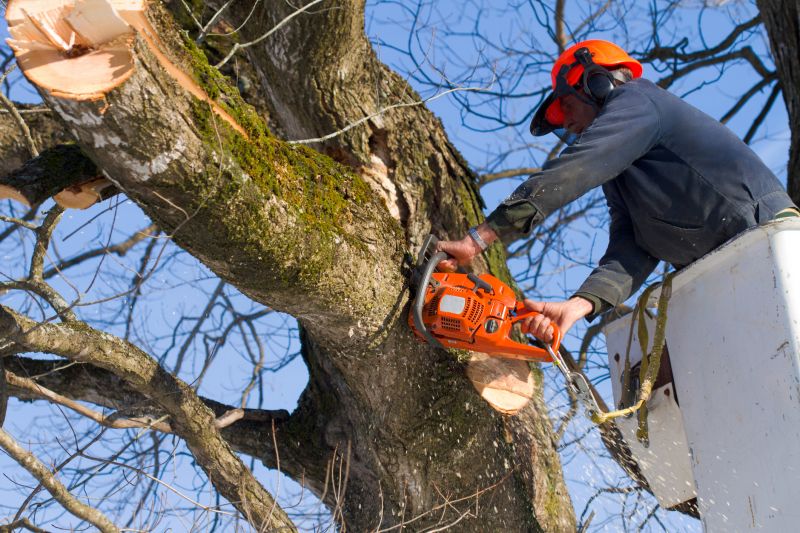
Fall provides cooler weather and less foliage, making removal safer and more efficient.
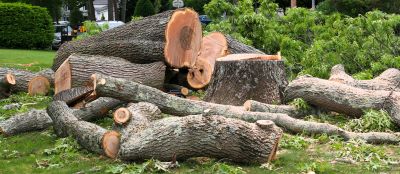
Ways to make Cedar Tree Removals work in tight or awkward layouts.
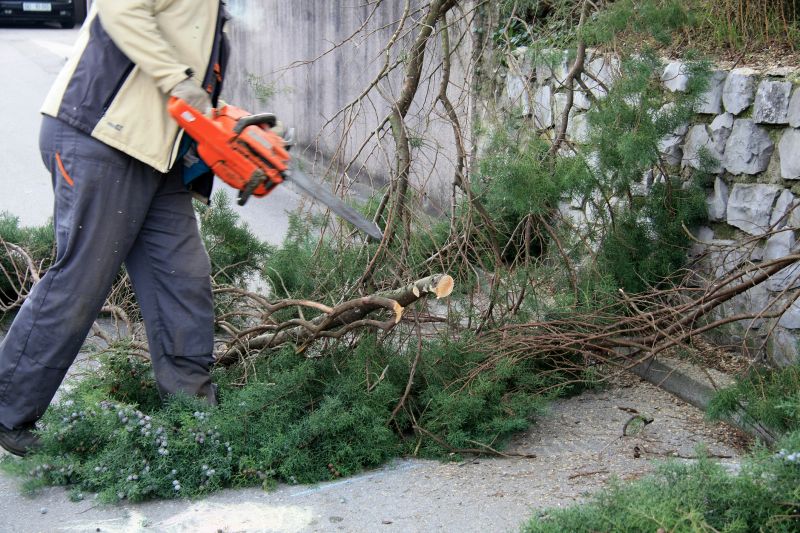
Popular materials for Cedar Tree Removals and why they hold up over time.
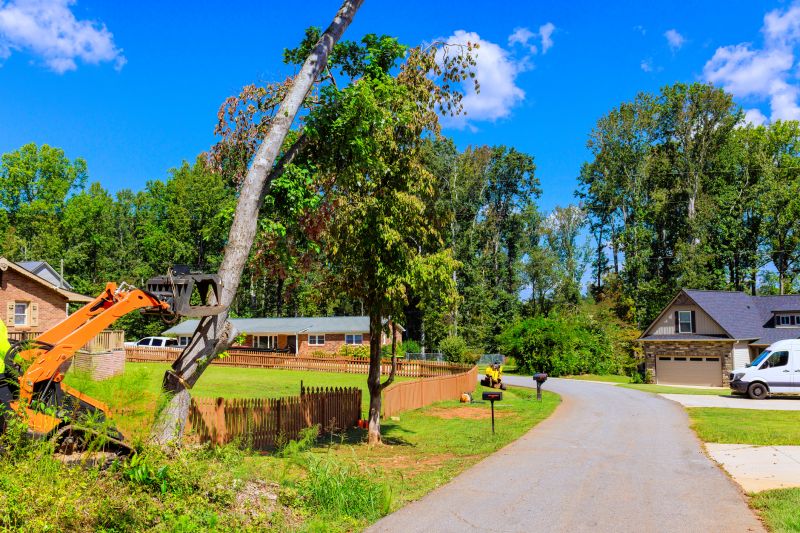
Simple add-ons that improve Cedar Tree Removals without blowing the budget.
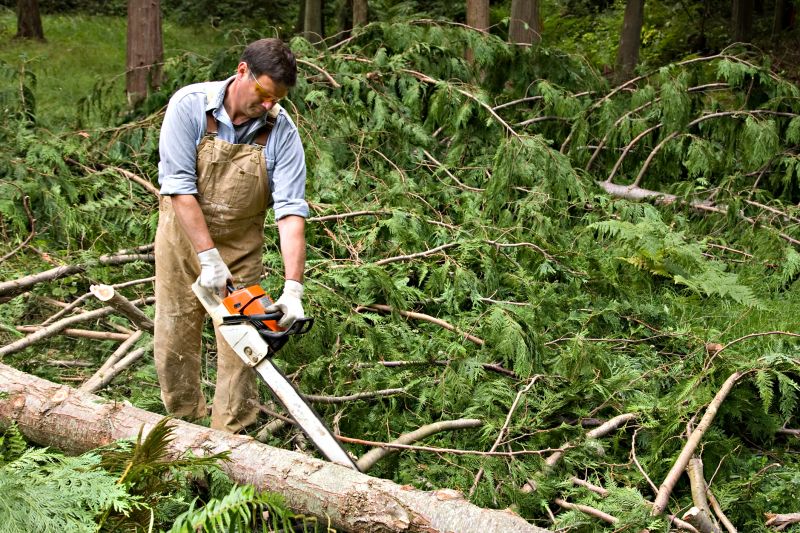
High-end options that actually feel worth it for Cedar Tree Removals.
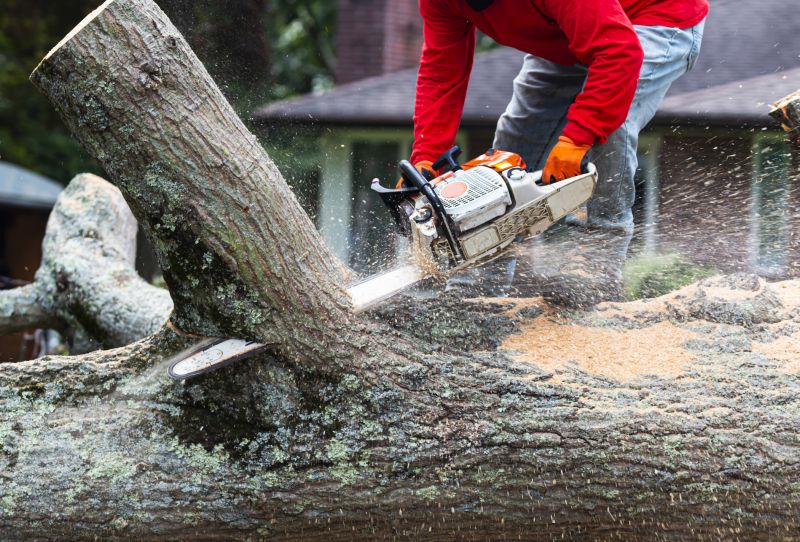
Finishes and colors that play nicely with Cedar Tree Removals.
Cedar tree removals are most effective during specific times of the year, depending on weather conditions and tree health. Proper timing can minimize risks and improve the safety of the process. Typically, late fall and early spring are preferred periods when trees are dormant or have less foliage, allowing for easier access and reduced stress on the surrounding environment.
Statistics indicate that performing cedar tree removals during dormancy reduces the likelihood of disease transmission and promotes safer handling. Additionally, scheduling during these periods can result in cost savings due to decreased labor and equipment challenges associated with dense foliage or extreme weather conditions.
Removing cedars during dormancy minimizes damage to surrounding plants and reduces pest spread.
Avoid removal during heavy rain or snow to prevent accidents and ensure safety.
Healthy trees can be removed year-round, but optimal timing depends on local climate and conditions.
Timing removals carefully can help protect nearby vegetation and soil stability.
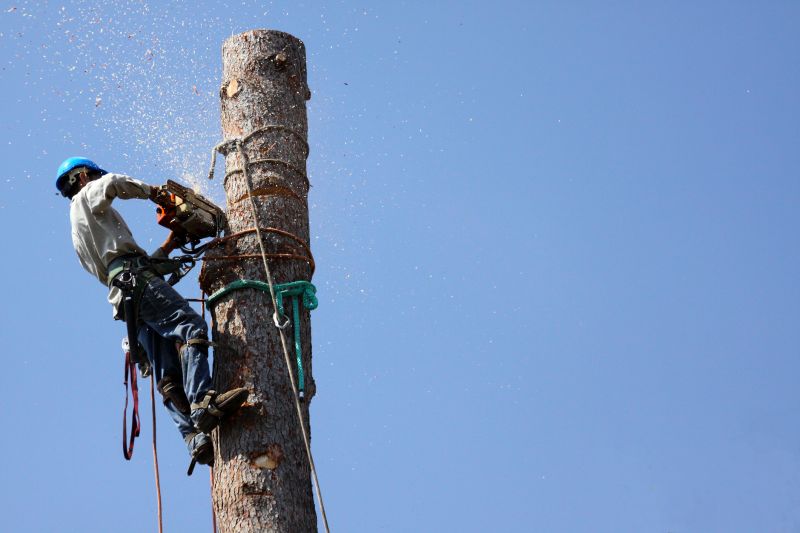
Specialized tools are used to safely dismantle cedar trees during optimal seasons.
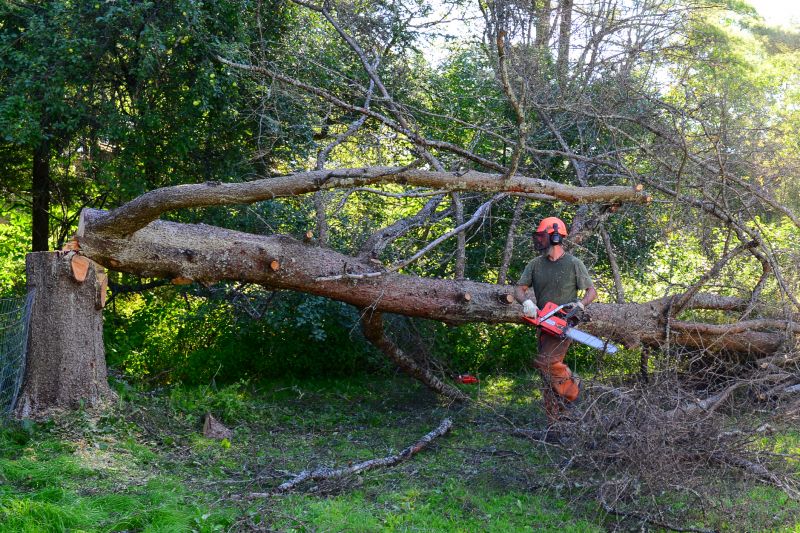
Proper safety gear is essential for safe cedar tree removal, especially in challenging weather.
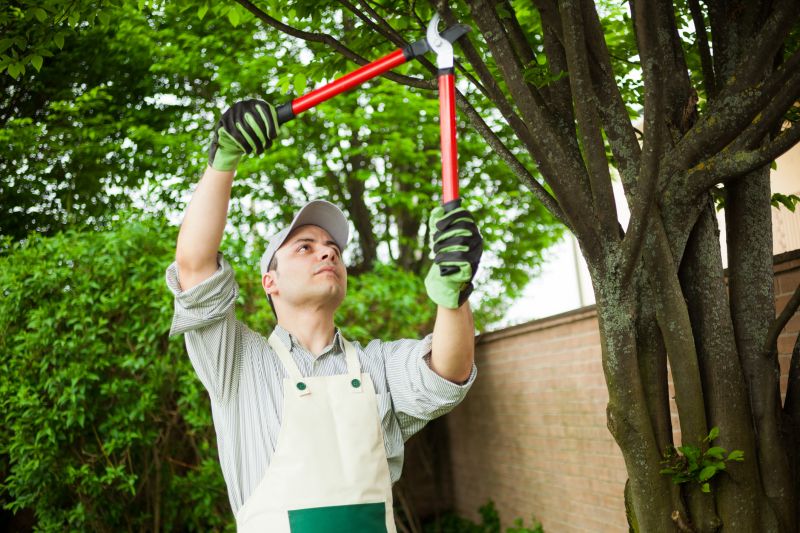
Visual comparison of cedar trees before and after removal highlights effectiveness.
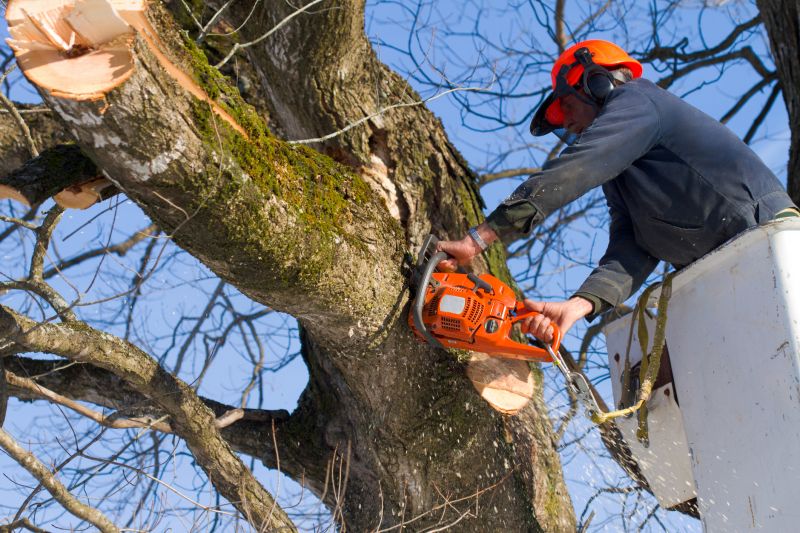
Controlled felling techniques are employed to prevent damage to nearby structures.
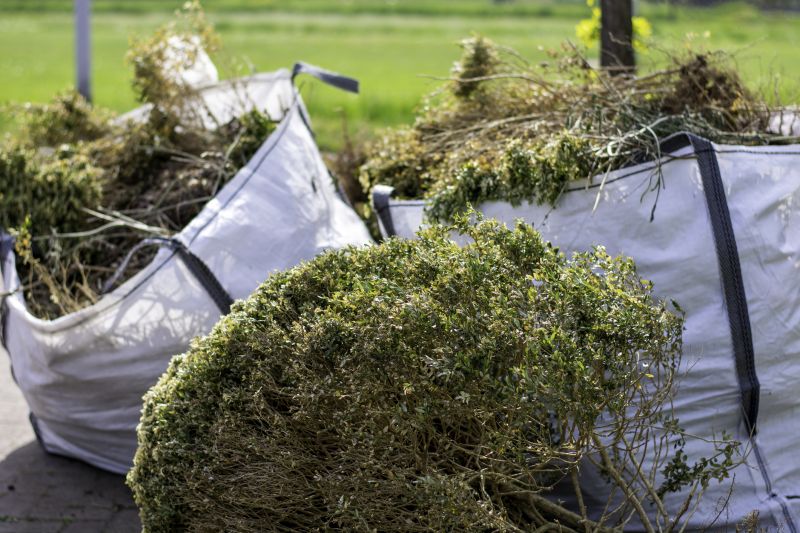
Post-removal cleanup ensures site safety and prepares for future planting.
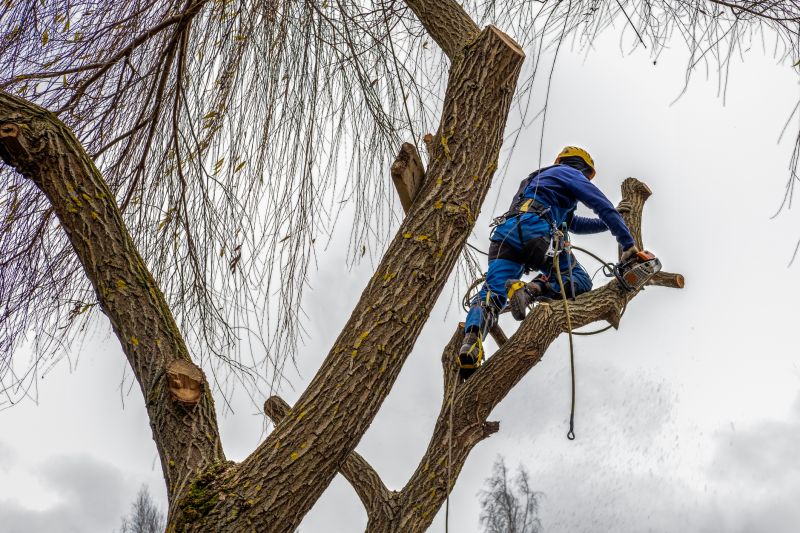
Equipment choice varies based on season and tree size for optimal safety.
| Season | Advantages |
|---|---|
| Spring | Active growth period, easier access, less foliage |
| Summer | Longer daylight hours, flexible scheduling |
| Fall | Cooler weather, less foliage, safer removal |
| Winter | Dormant trees, less foliage, ideal for certain climates |
Choosing the appropriate time for cedar tree removal depends on local climate, tree condition, and project scope. Consulting with experienced professionals can help determine the best season for each specific situation, ensuring safety and efficiency. Proper timing also aids in minimizing disruption to surrounding landscapes and structures.
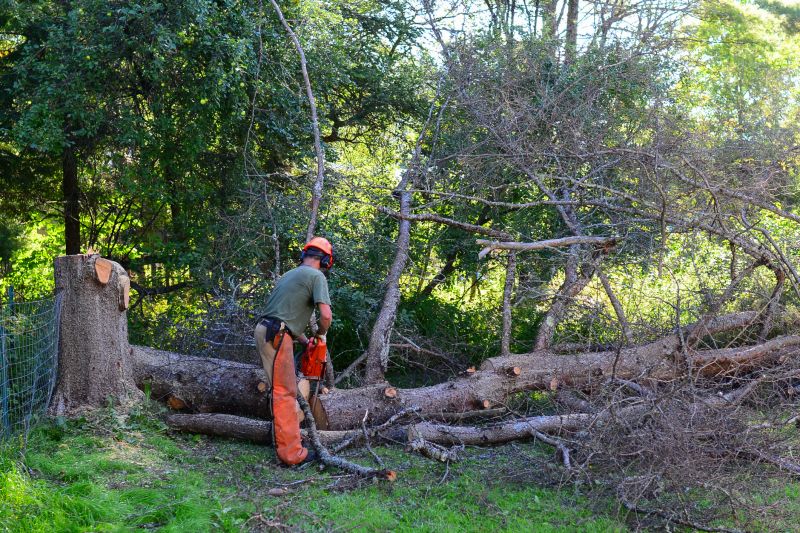
A professional crew safely removing a cedar tree during optimal conditions.
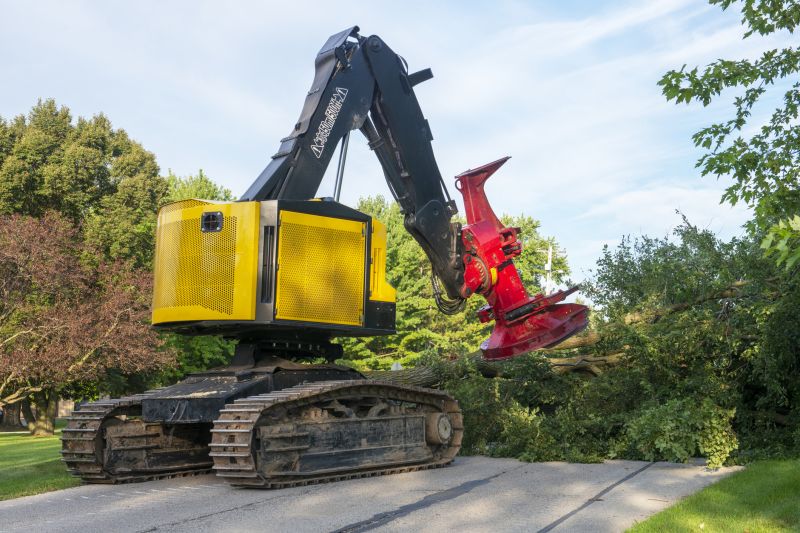
Specialized machinery prepared for efficient cedar tree removal.
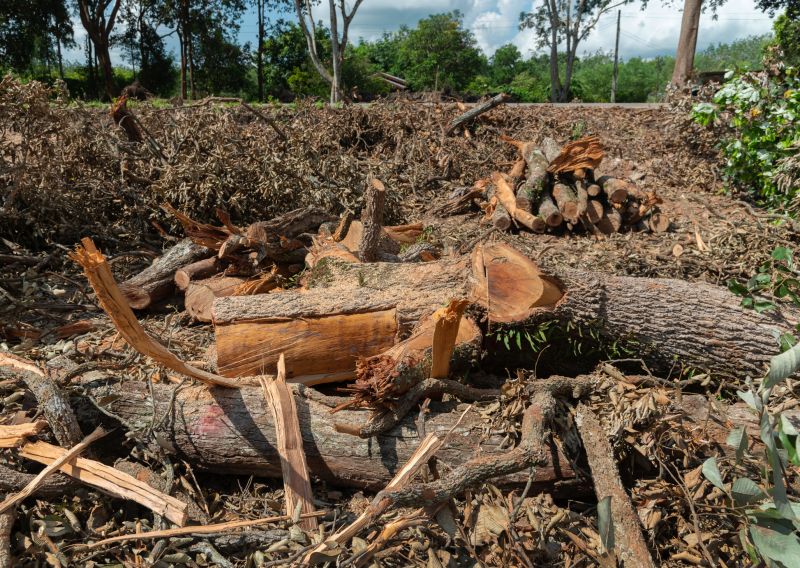
Post-removal site cleared and prepared for future use.
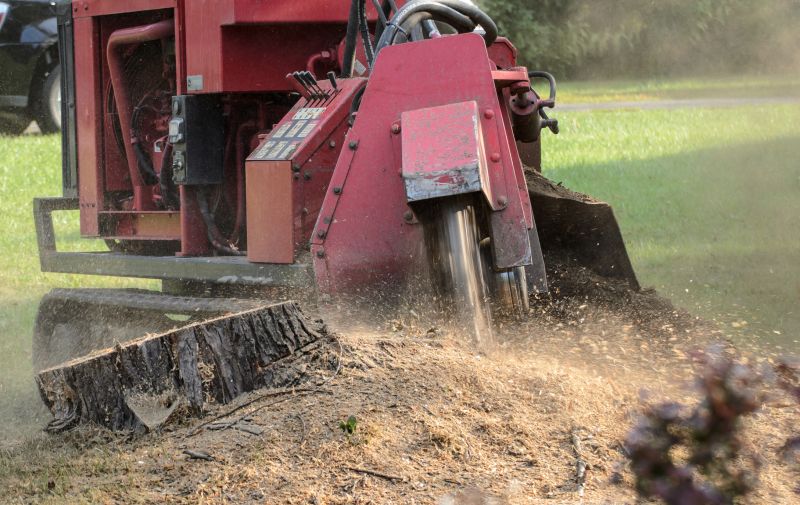
Stump grinding process completed to ensure safety and aesthetics.

Little measurements that prevent headaches on Cedar Tree Removals day.
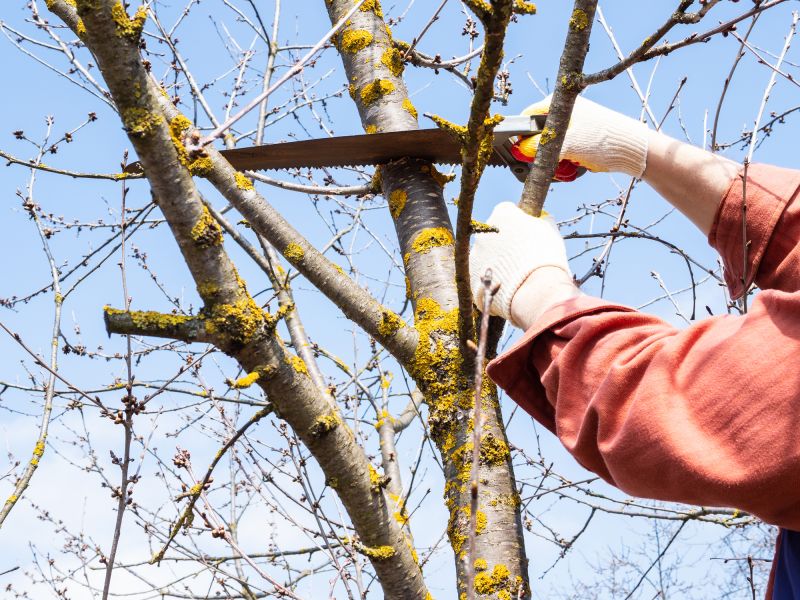
A 60-second routine that keeps Cedar Tree Removals looking new.
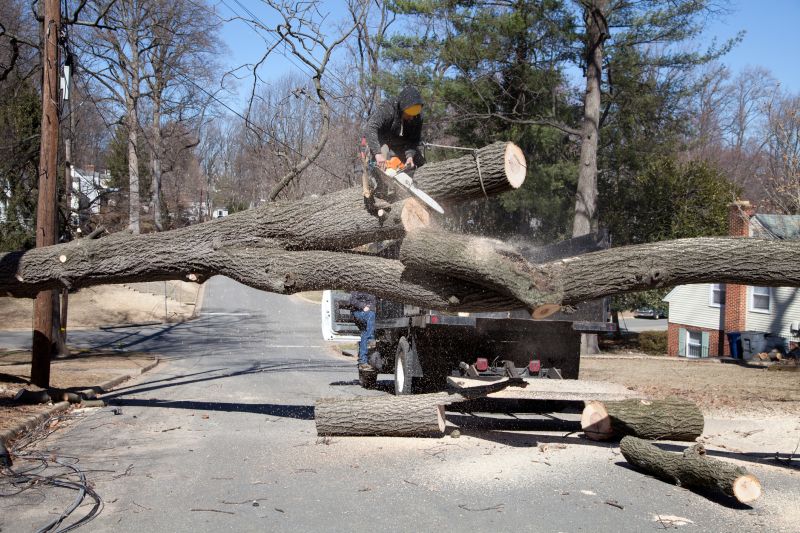
A frequent mistake in Cedar Tree Removals and how to dodge it.
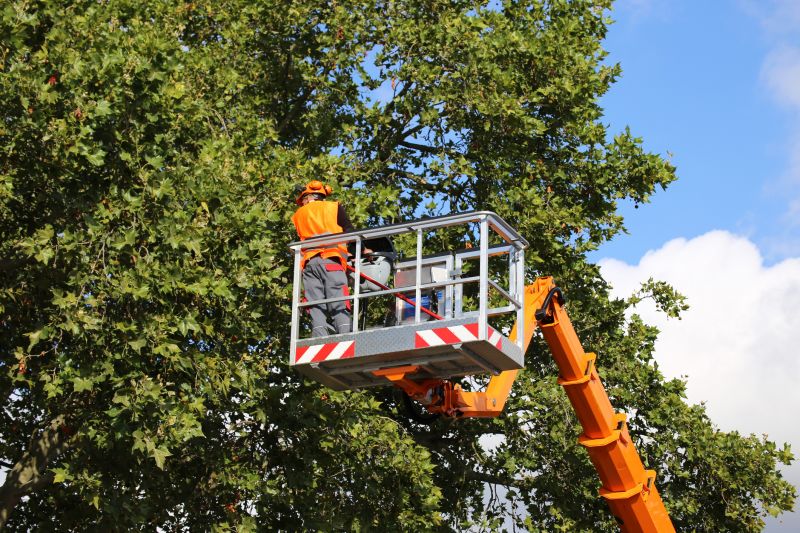
Small tweaks to make Cedar Tree Removals safer and easier to use.
Interested in cedar tree removal services? Filling out the contact form can provide more information and help schedule a consultation to determine the best timing for individual needs.



